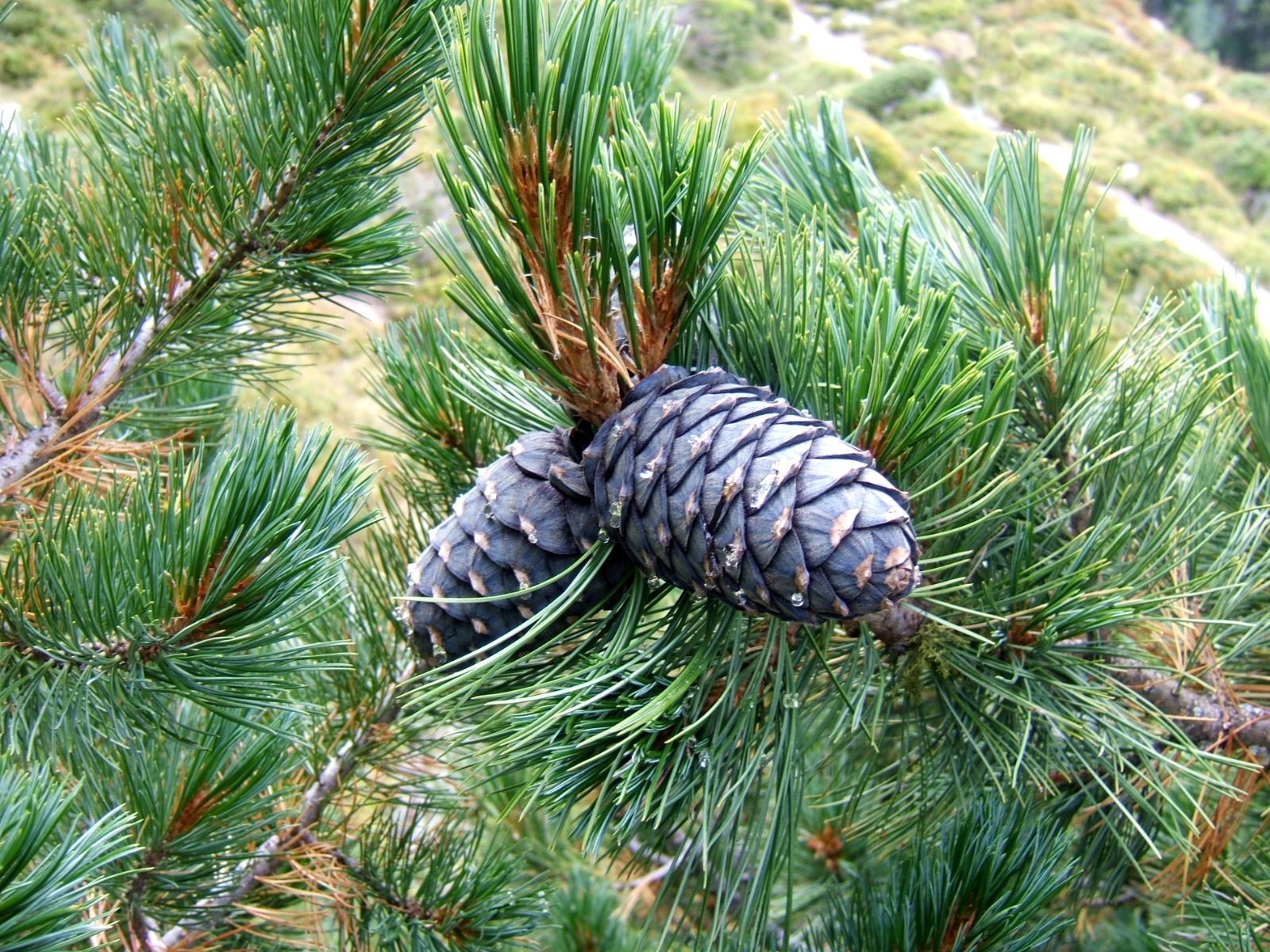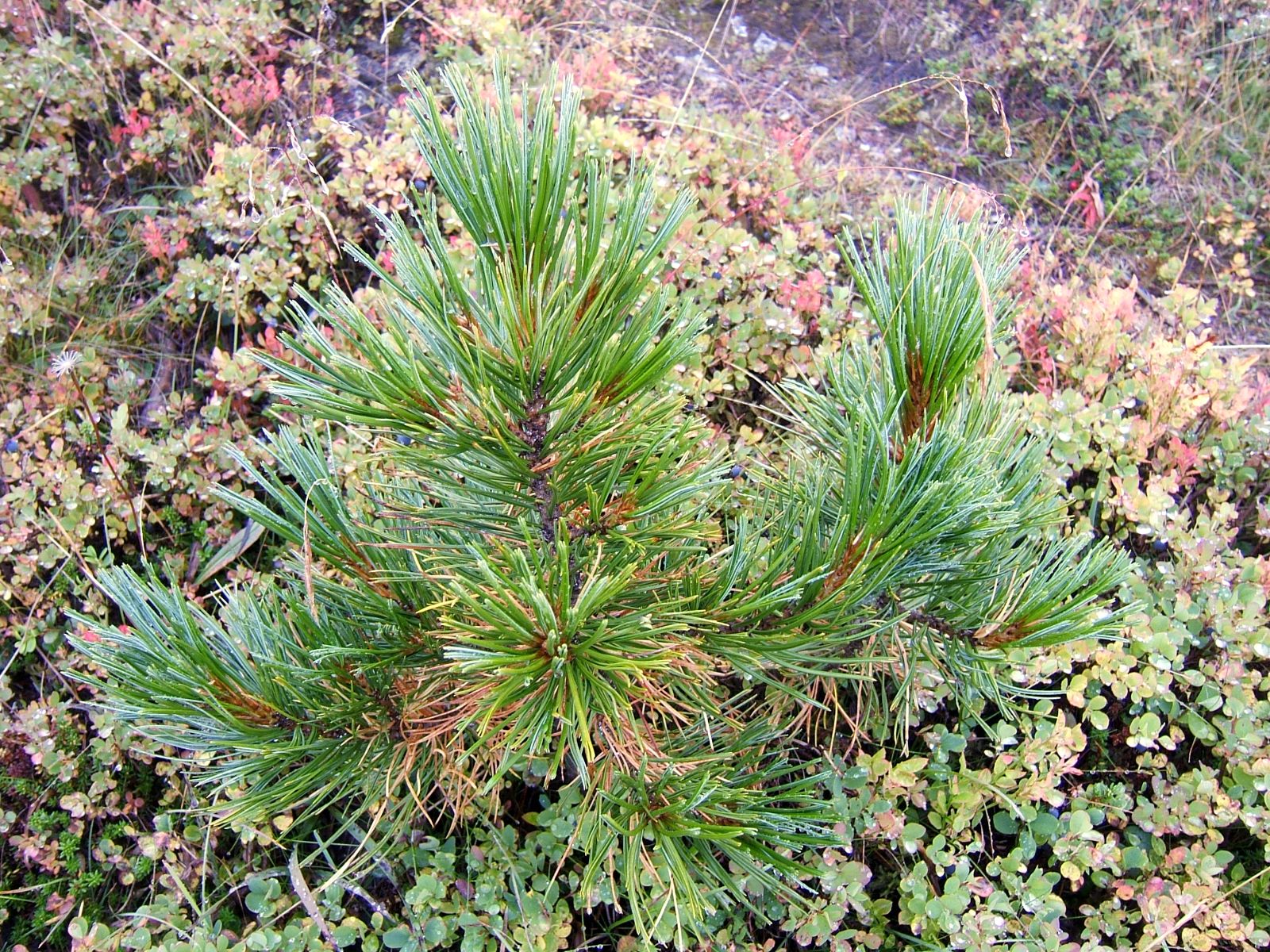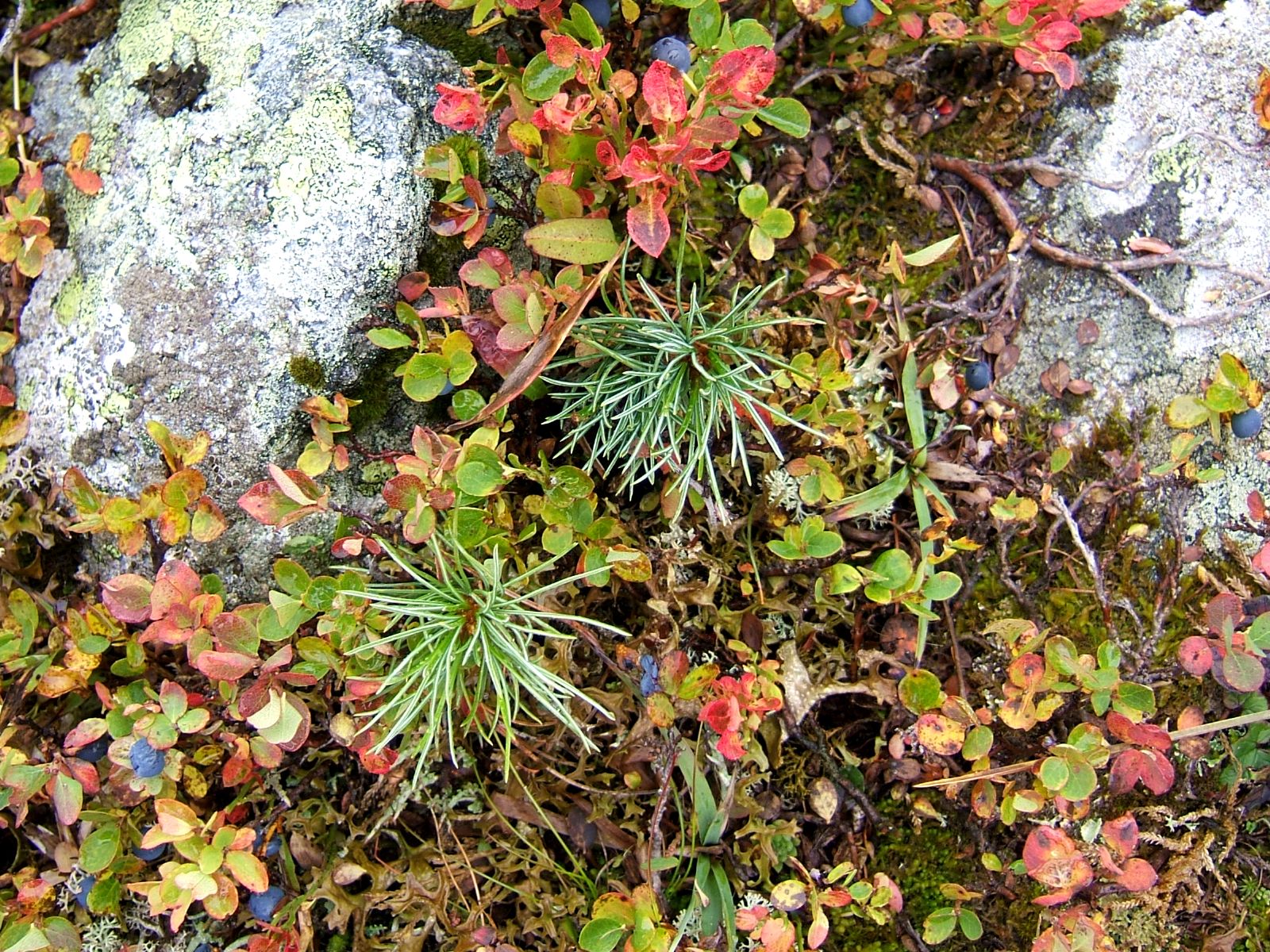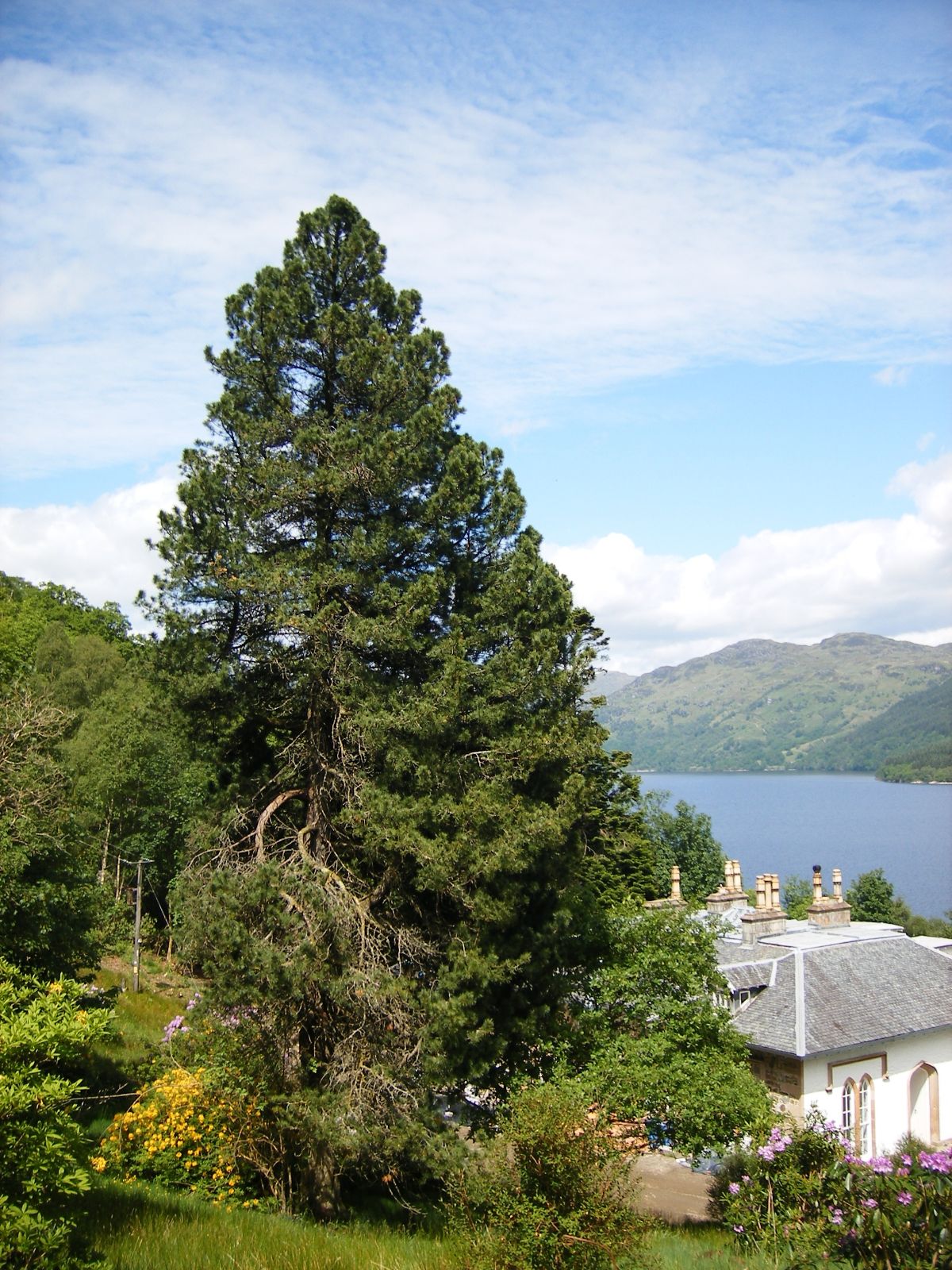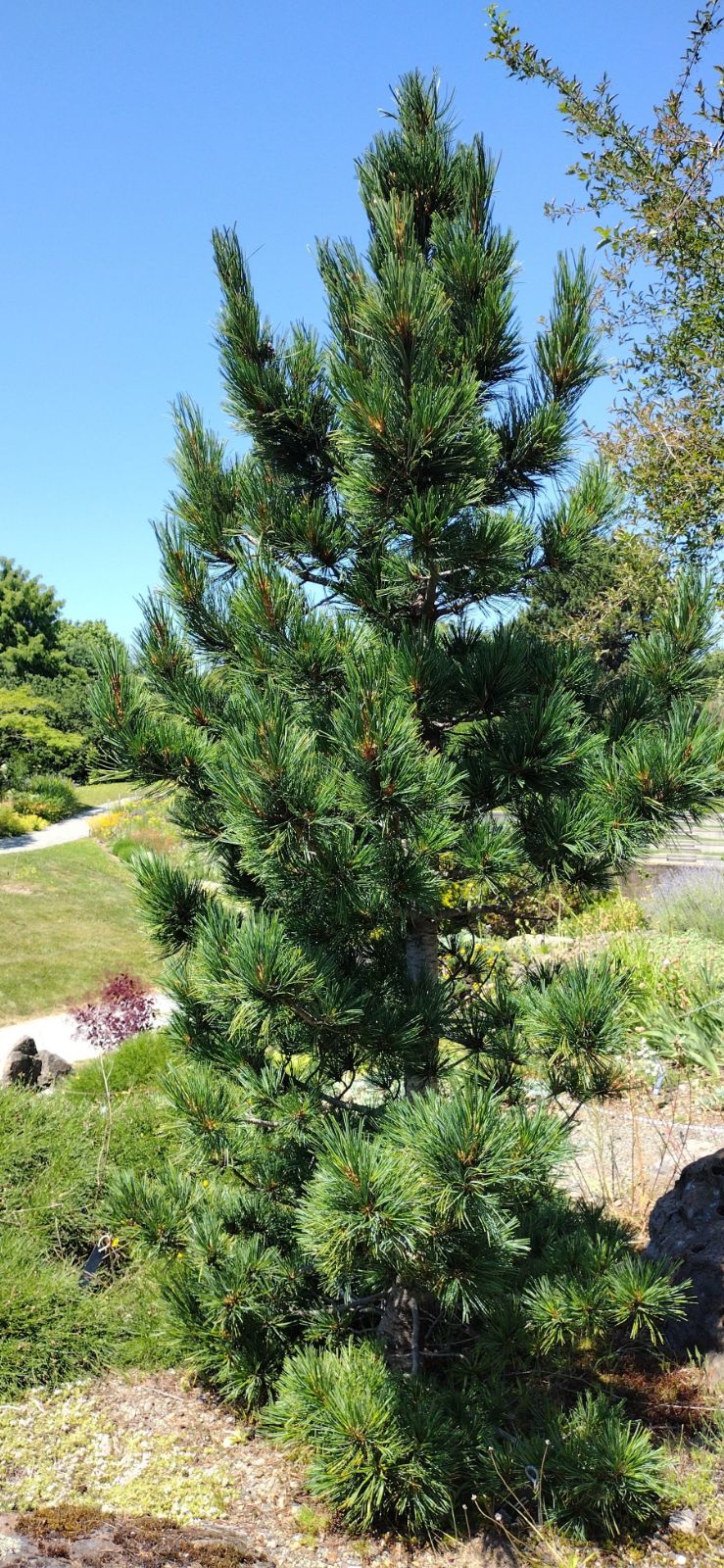Pinus cembra
Credits
Article from Bean's Trees and Shrubs Hardy in the British Isles
Recommended citation
'Pinus cembra' from the website Trees and Shrubs Online (treesandshrubsonline.
Genus
Common Names
- Arolla Plne
Other taxa in genus
- Pinus albicaulis
- Pinus arizonica
- Pinus armandii
- Pinus attenuata
- Pinus ayacahuite
- Pinus balfouriana
- Pinus banksiana
- Pinus bhutanica
- Pinus brutia
- Pinus bungeana
- Pinus canariensis
- Pinus cembroides
- Pinus chiapensis
- Pinus contorta
- Pinus coulteri
- Pinus culminicola
- Pinus densata
- Pinus densiflora
- Pinus devoniana
- Pinus durangensis
- Pinus echinata
- Pinus edulis
- Pinus elliottii
- Pinus engelmannii
- Pinus eremitana
- Pinus flexilis
- Pinus gerardiana
- Pinus greggii
- Pinus × hakkodensis
- Pinus halepensis
- Pinus hartwegii
- Pinus heldreichii
- Pinus henryi
- Pinus × holfordiana
- Pinus hwangshanensis
- Pinus jeffreyi
- Pinus johannis
- Pinus koraiensis
- Pinus lambertiana
- Pinus leiophylla
- Pinus longaeva
- Pinus massoniana
- Pinus maximartinezii
- Pinus monophylla
- Pinus montezumae
- Pinus monticola
- Pinus morrisonicola
- Pinus mugo
- Pinus muricata
- Pinus nelsonii
- Pinus nigra
- Pinus oocarpa
- Pinus orizabensis
- Pinus palustris
- Pinus parviflora
- Pinus patula
- Pinus peuce
- Pinus pinaster
- Pinus pinceana
- Pinus pinea
- Pinus ponderosa
- Pinus pseudostrobus
- Pinus pumila
- Pinus pungens
- Pinus quadrifolia
- Pinus radiata
- Pinus remota
- Pinus resinosa
- Pinus rigida
- Pinus roxburghii
- Pinus sabiniana
- Pinus serotina
- Pinus sibirica
- Pinus strobiformis
- Pinus strobus
- Pinus sylvestris
- Pinus tabuliformis
- Pinus taeda
- Pinus taiwanensis
- Pinus teocote
- Pinus thunbergii
- Pinus torreyana
- Pinus virginiana
- Pinus wallichiana
- Pinus wangii
- Pinus yunnanensis
A tree varying in height from 60 to over 100 ft, usually of pyramidal form, especially when young; young shoots clothed with a thick coat of brownish down. Leaves in fives, very densely packed on the shoots, persisting three to five years according to vigour; pointing forward, fragrant in summer, 11⁄2 to 41⁄2 in. long, rich green; triangular, with three to five lines of stomata on two faces; margins toothed except near the point; leaf-sheaths 3⁄4 to 7⁄8 in. long, soon falling away. Cones egg-shaped, 2 to 3 in. long, scarcely as wide; the scales do not expand, and the seeds fall with the cones and are either released by birds or animals or by the decay of the scales.
Native of the Alps, from France to Lower Austria, and of the Tatras and Carpathians, rarely descending below 5,000 ft. In the Alps it occurs in the inner ranges, where it is often associated with the common larch and forms with it the highest limit of tree growth. Visitors to the high valleys of the Mont Blanc area, the Engadine, the Valais, and the inner Tyrol will have noted picturesque old veterans that have braved the storms, doubtless for hundreds of years.
The Arolla pine was in cultivation in Britain as early as 1746, when the Duke of Argyll had it at Whitton near Hounslow. In 1903 there was still a tree there which must have been planted in the Duke’s lifetime, i.e., before 1761. It makes a very handsome small tree, pyramidal, densely branched and very leafy, especially from 8 to 20 ft high. It does not appear to be long-lived nor produce cones freely in southern England, although there are trees between 60 and 70 ft. The oldest is a leaning tree at Dropmore, Bucks, pl. 1795, measuring 65 × 73⁄4 ft (1970). Others in the south are: Lythe Hill, Haslemere, Surrey, 70 × 6 ft (1970); Leonardslee, Sussex, 60 × 43⁄4 ft (1960); Waddesdon, Bucks, 62 × 71⁄2 ft (1973). P. cembra grows best, however, in the cooler and rainier parts of the country. Examples in these areas are: Powis Castle, Montgom., 71 × 8 ft and 60 × 9 ft (1970); Taymouth Castle, Perths., 90 × 11 ft (1970); Dawyck, Peebl., pl. 1840, 58 × 81⁄2 ft (1974); Murthly Castle, Perths., 80 × 8 ft (1970).
From the Supplement (Vol. V)
specimens: Dropmore, Bucks., pl. 1795, 65 × 73⁄4 ft (1970); Lythe Hill, Haslemere, Surrey, 70 × 6 ft (1970); Waddesdon, Bucks., 58 × 8 ft (1984); Powis Castle, Powys, 78 × 81⁄4 ft (1984) and 59 × 9 ft (1981); Taymouth Castle, Perths., 78 × 9 ft (1983); Murthly Castle, Perths., 98 × 81⁄4 ft (1983); Dawyck, Peebl., 58 × 81⁄2 ft (1974); Monteviot, Roxb., 85 × 83⁄4 ft (1983).

